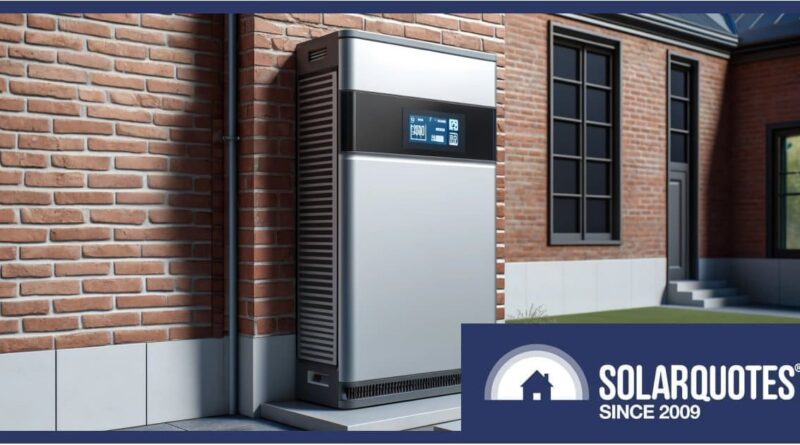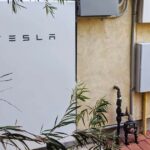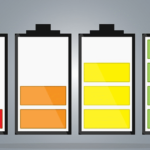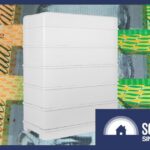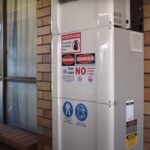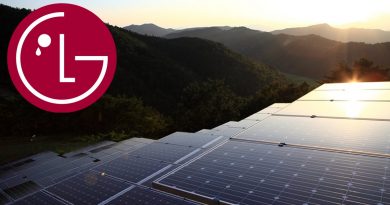Another Push For “National” Home Battery Subsidy In Australia
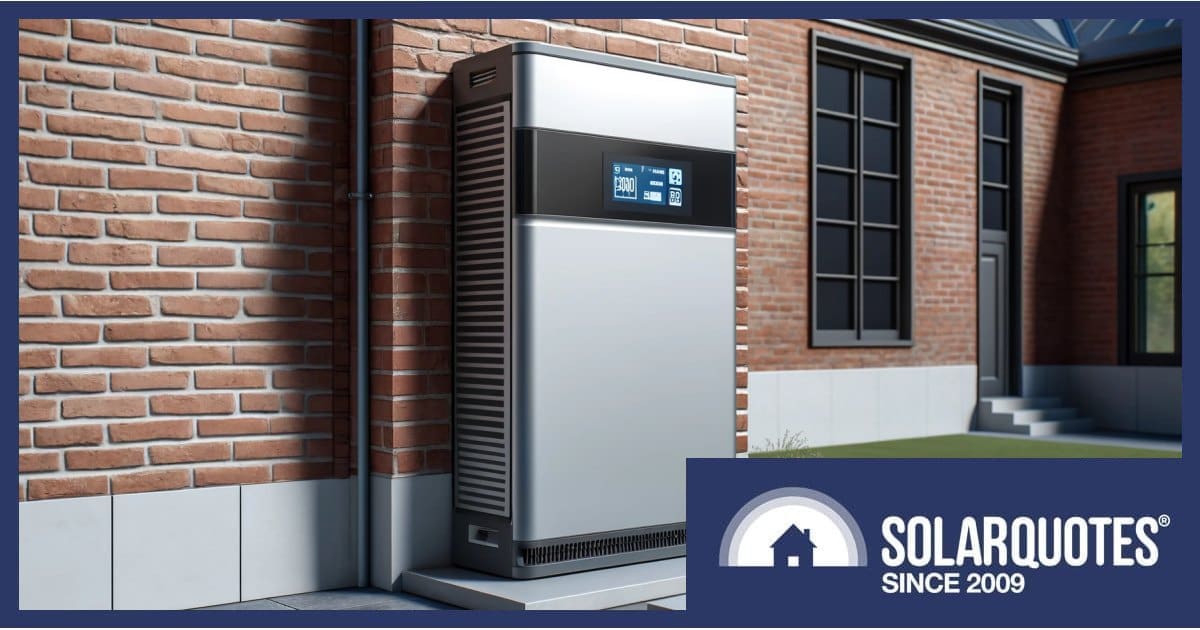
Does a solar battery subsidy of up to a few thousand dollars sound good to you? That’s what could be available if a Clean Energy Council recommendation is heeded by the Federal Government.
A new roadmap from the Clean Energy Council states that by providing more support for solar panels, home batteries and electrification, all Australians will benefit – whether they have the tech installed or not.
The Australian Energy Market Operator’s (AEMO’s) Step Change scenario contained in its draft 2024 Integrated System Plan (ISP) would fulfil Australia’s emission reduction commitments1. The CEC says the least cost pathway to this lies in consumer energy resources (CER), and much needs to be done. Based on modelling at the time, rooftop solar would need to quadruple, 34 times more distributed battery capacity would be needed and 135 times more orchestrated battery capacity (e.g. VPPs) is required by 2050.
The CEC’s roadmap contains modelling outlining the huge value of CER and key policies it says are needed to better support it and to reach emissions goals.
National Home Battery Saver
One of the major recommendations relates to home batteries; a federal subsidy for which was floated by the CEC a couple of months ago.
More than 3.8 million small scale solar systems (<100kW capacity) have been installed in Australia to date, with a combined output capacity of more than 23 gigawatts. At times, so much solar energy is exported into the grid that it can push daytime wholesale electricity prices into negative territory and cause network operators grid management headaches.
To smooth out the spike, some of the self-generated energy should be stored in batteries for use by a household or the grid; particularly during evening peak demand periods.
More than 250,000 home batteries totaling 2.77 gigawatt-hours of storage capacity had been installed in Australia by the end of last year. Battery uptake is building, but the proportion of solar systems accompanied by energy storage is still pretty low. This is largely due to a solar battery being out of reach for many households given current pricing.
The CEC says creating a National Home Battery Saver scheme to install and integrate behind-the-meter battery storage should be considered by the Federal Government to maximise the benefits of electrification, which would far exceed its overall cost.
How Much Battery Subsidy Is Being Recommended?
Modelling taking wholesale market benefits of CER differences from state to state into account suggests an incentive of $1,250 in New South Wales (assumed to include ACT) and Victoria, $1,500 in Queensland and $3,000 in South Australia2. Added to that would be a $1,000 incentive in all those states for signing up for an orchestrated battery program, such as a Virtual Power Plant (VPP).
But the CEC announcement regarding the Roadmap mentions “up to $6500 per household” to install and integrate batteries. I’m not sure if I’ve missed it, but I couldn’t find any figures adding up to that in the Roadmap. But February’s Home Battery Saver industry briefing from the CEC indicates different levels – $2,250 in NSW and ACT, $2,500 in VIC, $3,000 in QLD and $5,500 in SA; plus the $1,000 “orchestration” incentive.
The Roadmap has recommended introducing the incentive by 2025, with it available out to 2040.
So, should you put off getting a battery if you’ve already identified it will bring the benefits you need or desire? The very important point to bear in mind is the CEC’s recommendation is just that. This is not a done deal, not even close. This is a wish list item and the chances of this rebate happening is anyone’s guess.
It’s Not Just About Solar Batteries
The Roadmap recommends other policies and programs that should be considered by the Federal Government, among them:
- A $100 million Empowering Communities Fund that oversees delivery of education and training programs on electrification and energy efficiency.
- Providing opportunities for renters and social housing residents to participate in consumer energy resources.
- Implementing a review into household and business energy futures and pathways towards electrification.
- Measures to raise awareness of related consumer protections.
“Empowering homeowners, renters, social housing residents and business owners to understand and adopt CER will build an Australian energy system that is cleaner, cheaper and fairer for everyone,” said the Clean Energy Council’s Con Hristodoulidis
The full report: “Powering Homes, Empowering People: A National Consumer Energy Resources Roadmap” can be downloaded here.
Footnotes
Original Source: https://www.solarquotes.com.au/blog/home-battery-saver-mb2940/




